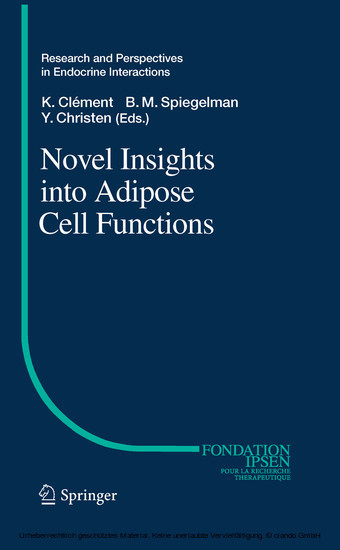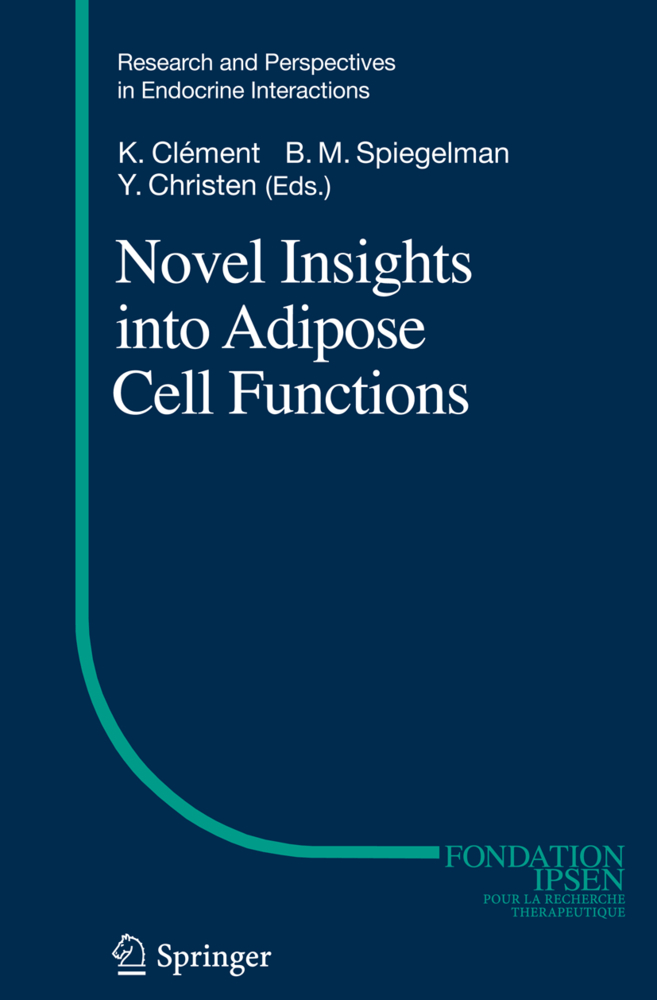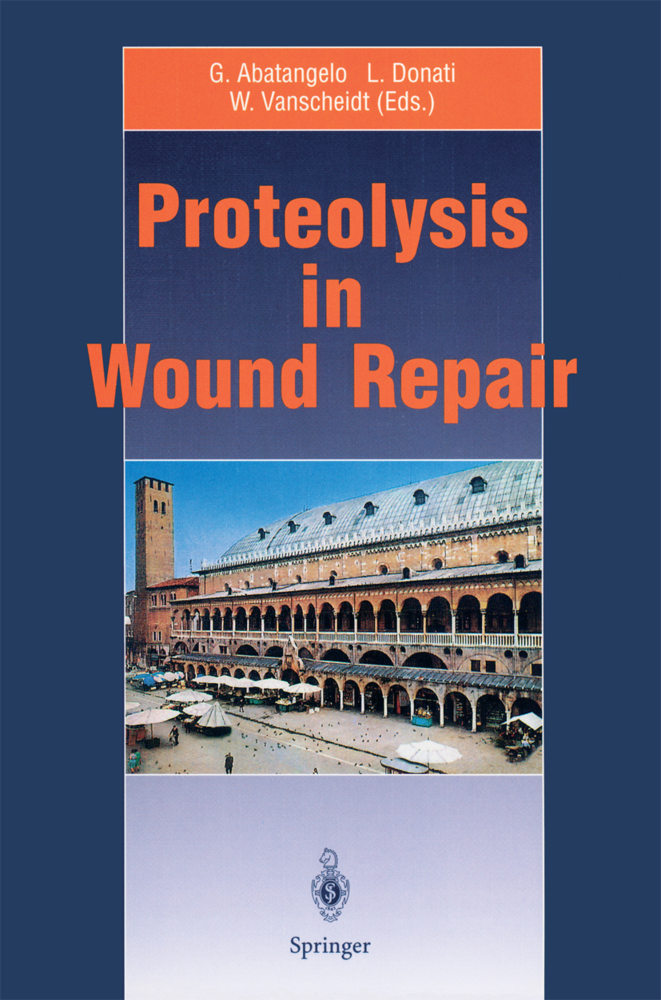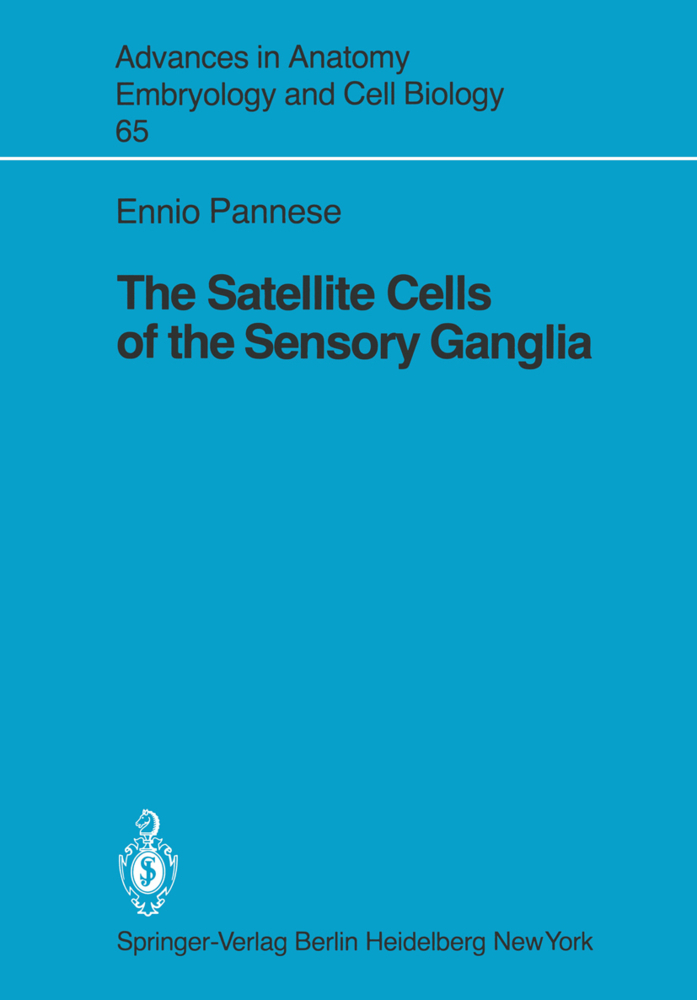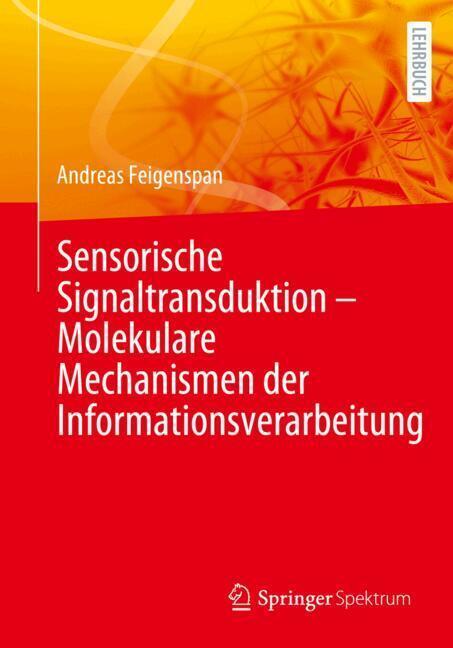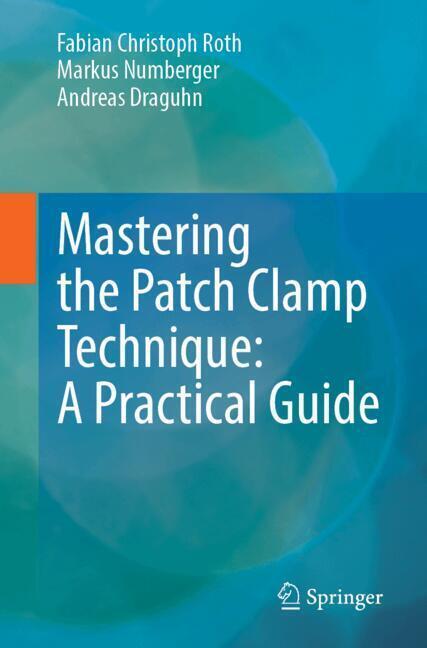Obesity is a disease of society and economic transition spreading at an epidemic pace throughout the world. According to the World Health Organization, obesity is defined as an increased or abnormal accumulation of body fat mass to the extent that individual's health will be negatively affected. Overweight is thus being considered as top at risk condition in the world and it is mandatory to identify the physiopathological causes involved in adipose tissue enlargement and related metabolic and cardiovascular health disorders.This volume provides the most up to date insights into the biology of a complex endocrine organ: the adipose tissue.
1;Foreword;6 2;Contents;8 3;Contributors;10 4;Pathological Alteration of Human Adipose Tissue in Obesity;14 4.1;1 Natural History of Human Obesity;14 4.2;2 Human White Tissue in Obesity: Inflammation, Metabolic Dysfunction and Fibrosis;15 4.3;3 Adipose Cell Plasticity;17 4.4;4 Multiple Inflammatory Cells Involved;18 4.5;5 Perturbed Phenotypes of Preadipocytes and Adipocytes by Inflammation;19 4.6;6 Importance of the Extracellular Matrix;20 4.7;7 Specific Roles of Chemokines in Human Adipose Tissue: Example of Rantes/CCL5;20 4.8;8 Somatic Consequences of Inflammation: Visceral Adipose Tissue, Fatty Acids, Adipokines and Lipokines as the Guilty Players;21 4.9;9 Conclusion;22 4.10;References;23 5;Dynamics of Human Adipose Tissue. Regulatory Mechanisms and Consequences for Fat Cells and the Whole Body;27 5.1;1 Background;27 5.2;2 Age of Human Fat Cells;28 5.3;3 Adipose Cellularity;29 5.4;4 Clinical Consequences of Adipose Tissue Cellularity;30 5.5;5 Conclusions;31 5.6;References;31 6;Metabolism of Fatty Acids in Adipocytes;32 6.1;1 Introduction;32 6.2;2 De Novo Lipogenesis;33 6.3;3 Lipoprotein Lipase and FA Uptake;34 6.4;4 FA Esterification;38 6.5;5 Lipolysis;39 6.6;6 Triglyceride-fatty Acid Cycle;41 6.7;7 BAT and Fatty Acid beta-Oxidation;44 6.8;8 Therapeutic Perspectives;47 6.9;References;48 7;The Role of Hypoxia in Adipocyte Function and Dysfunction;55 7.1;1 Introduction;56 7.2;2 Hypoxia in Adipose Tissue in Obesity;57 7.3;3 Molecular Markers of Hypoxia;58 7.4;4 Hypoxia and Adipocyte Function;59 7.5;5 Hypoxia and Inflammatory Adipokines in Human Adipocytes;60 7.6;6 Glucose and Oxidative Metabolism;62 7.7;7 Pathological Implications of Hypoxia-induced Changes in Adipocytes: Insulin Resistance;64 7.8;8 Preadipocytes;65 7.9;9 Coda;67 7.10;References;67 8;Brown Adipose Tissue In Humans: A New Target for Anti-Obesity Therapy;71 8.1;1 Introduction;71 8.2;2 Origin of BAT;72 8.3;3 Genes and Signaling Pathways in BAT;73 8.4;4 Future Development;74 8.4.1;4.1 Activation, Substrate Preference, and Metabolic Role of Human BAT;74 8.4.2;4.2 Are There Different Kinds of hBAT?;75 8.5;References;75 9;Adipose Tissue Dysfunction: A Multistep Process;77 9.1;1 Introduction;77 9.2;2 What Gets it All Started: Hypoxia;78 9.3;3 The Extracellular Matrix in Adipose Tissue: A Source of Stress;79 9.4;4 Inflammation: A Late Stage Phenomenon?;81 9.5;5 Good Fat Pads and Bad Fat Pads;82 9.6;6 The Unfolded Protein Response, an Additional Stressor for Adipose Tissue;83 9.7;References;84 10;Fat Cell Progenitors: Origins and Plasticity;86 10.1;1 Introduction;86 10.2;2 Developmental Origins of Adipocytes;87 10.3;3 Human Adipose Tissue Contains a Pool of Adipocyte Progenitors;90 10.4;4 Human Adipose-Derived Stem (hMADS) Cell as a Cellular Model for Investigating Self-renewal of Human Adipocyte Progenitors;90 10.5;5 Plasticity of hMADS Cells;91 10.6;6 hMADS Cells are Appropriate to Study Human Adipocyte Differentiation;92 10.7;7 FGF2 and Activin A, Both Secreted by hMADS Cells, are Key Regulators of Self-Renewal;93 10.8;References;94 11;Transcriptional Regulation of Brown and White Adipogenesis;97 11.1;1 White Fat Cells;97 11.2;2 Brown Fat Cells;98 11.3;References;99 12;Transcriptional Control of Gene Expression in Different Adipose Tissue Depots;101 12.1;1 Introduction;102 12.2;2 Identification of a Group of Genes Highly Expressed in Visceral White Adipose Depots;103 12.3;3 PPARgamma Represses Visceral White Gene Expression in a Synthetic Ligand-dependent Manner and Requires Helix 7 of its Ligand-binding Domain;104 12.4;4 The CCAAT/Enhancer Binding Protein a (C/EBPa) and C-Terminal Binding Proteins (CtBP1/2) Facilitate the Repressive Effects of PPARy;105 12.5;5 Conclusion;106 12.6;References;107 13;Epigenetic Approaches to Adipose Biology;109 13.1;1 Adipocytes, Health and Disease;110 13.2;2 The Transcriptional Basis of Adipogenesis;110 13.3;3 Epigenetic Approaches to Studies of Adipogenesis;112 13.4;4 Epigenetic Approaches to Other Aspects of Metabolism;114 13.5;5 Co
Clément, Karine
Spiegelman, Bruce M.
Christen, Yves
| ISBN | 9783642135170 |
|---|---|
| Artikelnummer | 9783642135170 |
| Medientyp | E-Book - PDF |
| Auflage | 2. Aufl. |
| Copyrightjahr | 2010 |
| Verlag | Springer-Verlag |
| Umfang | 147 Seiten |
| Sprache | Englisch |
| Kopierschutz | Digitales Wasserzeichen |

